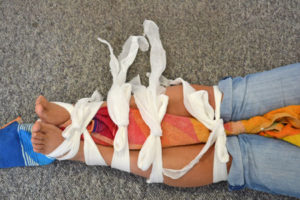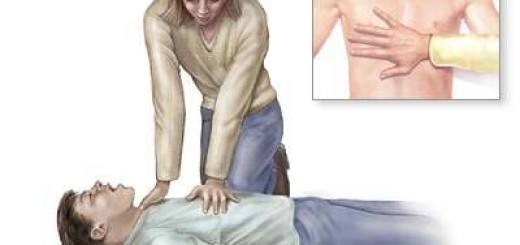A guide to splinting and immobilization

Various types of splints and immobilisation materials are available, commonly encountered splints include:
Box splints
Manufactured in various sizes, these splints form three sides of a narrow box in which a limb may be placed. Box splints are secured by straps positioned at intervals along the length of the splint. They can be used for upper and lower limb fractures where the limb can be straightened;
Vacuum splints
These can be moulded into various shapes and combinations to accommodate the shape of the injured extremity. These are effectively a sealed bag of plastic or nylon beads which becomes rigid when air is removed, however, they can easily be punctured. They are ideal for limb injuries where the limb is not straight. Vacuum mattresses are also available for immobilising the entire body;
Traction splints.
These are designed to maintain mechanical in-line traction to help realign fractures, most commonly fractures of the femur. When the femur is fractured, thigh muscle spasm causes overriding of the bony fragments which causes pain, allows for excessive bleeding and puts nerves and blood vessels at risk of injury from these fragments.
Traction, gently applied and maintained, will overcome this spasm and lessen all these hazards as well as relieving pain. There are several different types of traction splint available for use in the pre hospital field which can be easily applied after suitable training.
Fracture straps
These are made from either plastic or nylon, often with an elasticated panel and velcro attachments. Normally available in various widths and lengths they can be used to immobilise limbs and the pelvis;
Triangular bandages
These can be used for slings or to hold a wound dressing in place. They can be folded into broad or narrow bandages and used for immobilisation.
Cervical collars
These are used to immobilise and support fractures of the cervical spine and restrict movement of the head. Available in various shapes and sizes, to be effective, they must be of the correct size and fit for a patient. An excessively tight collar will cause discomfort, constrict the airway and potentially increase intracrancial pressure.
A collar that is loose will provide inadequate support and immobilisation. Once the need of a cervical collar has been identified that patient should always be immobilised on a long board, vacuum mattress or similar.






A great guide to splinting! When I was learning this is what i struggled with the most, if i’d had this resource I wouldn’t have had half the problems I did!